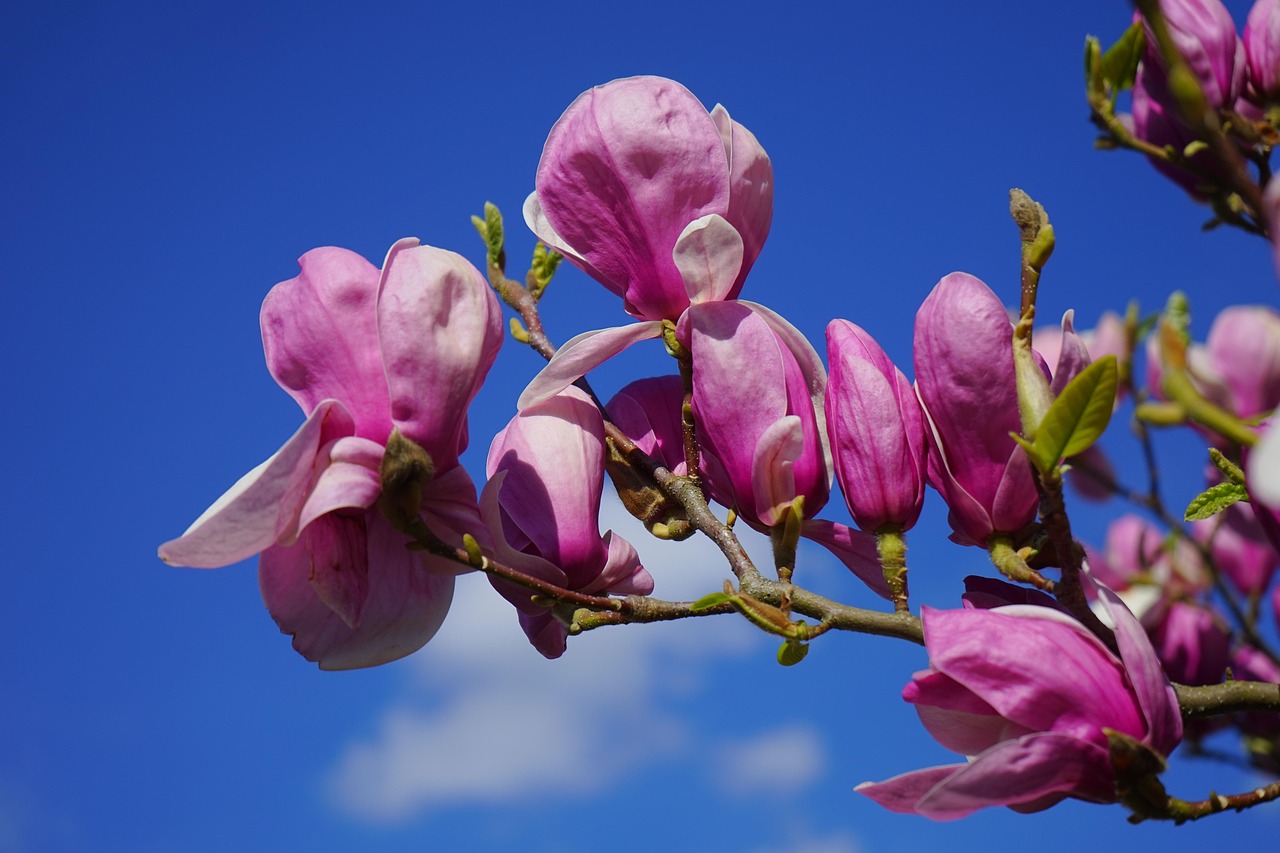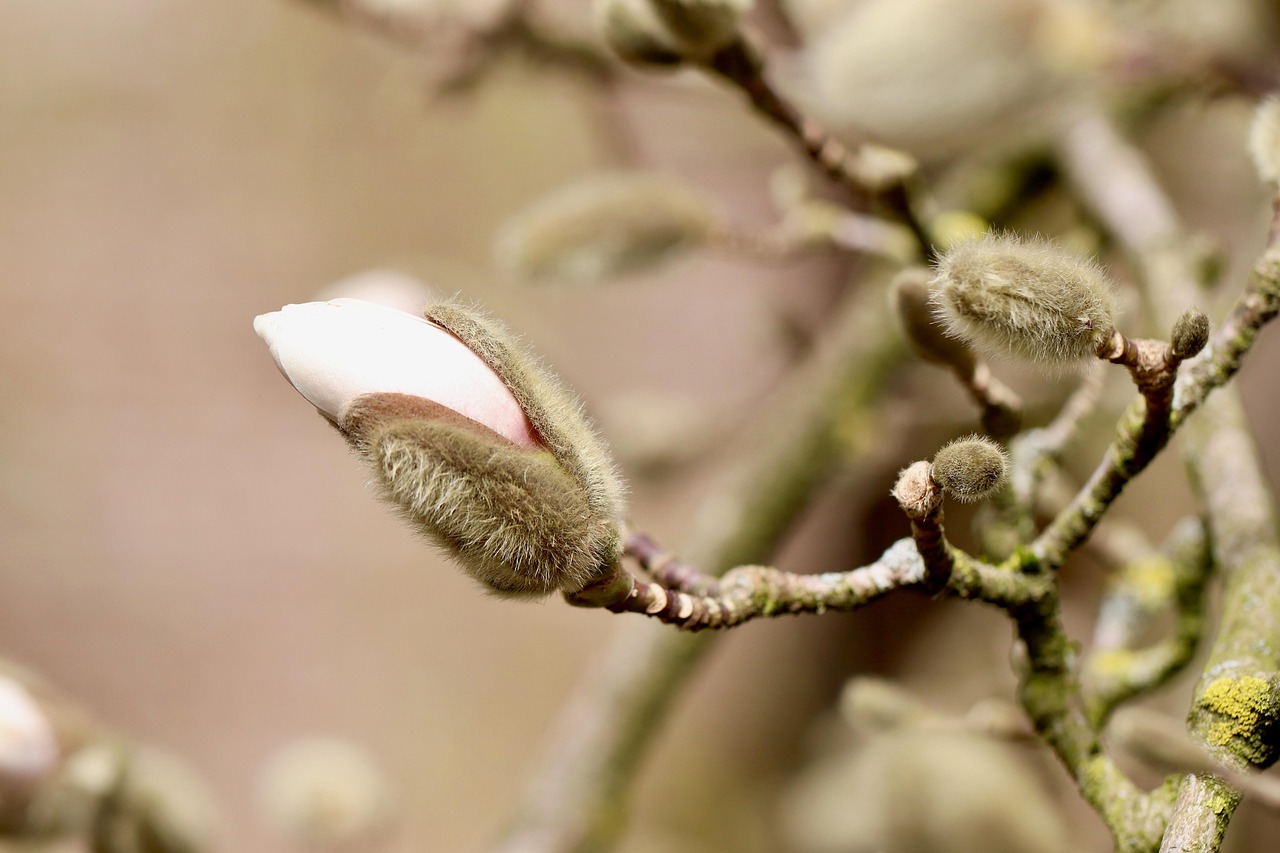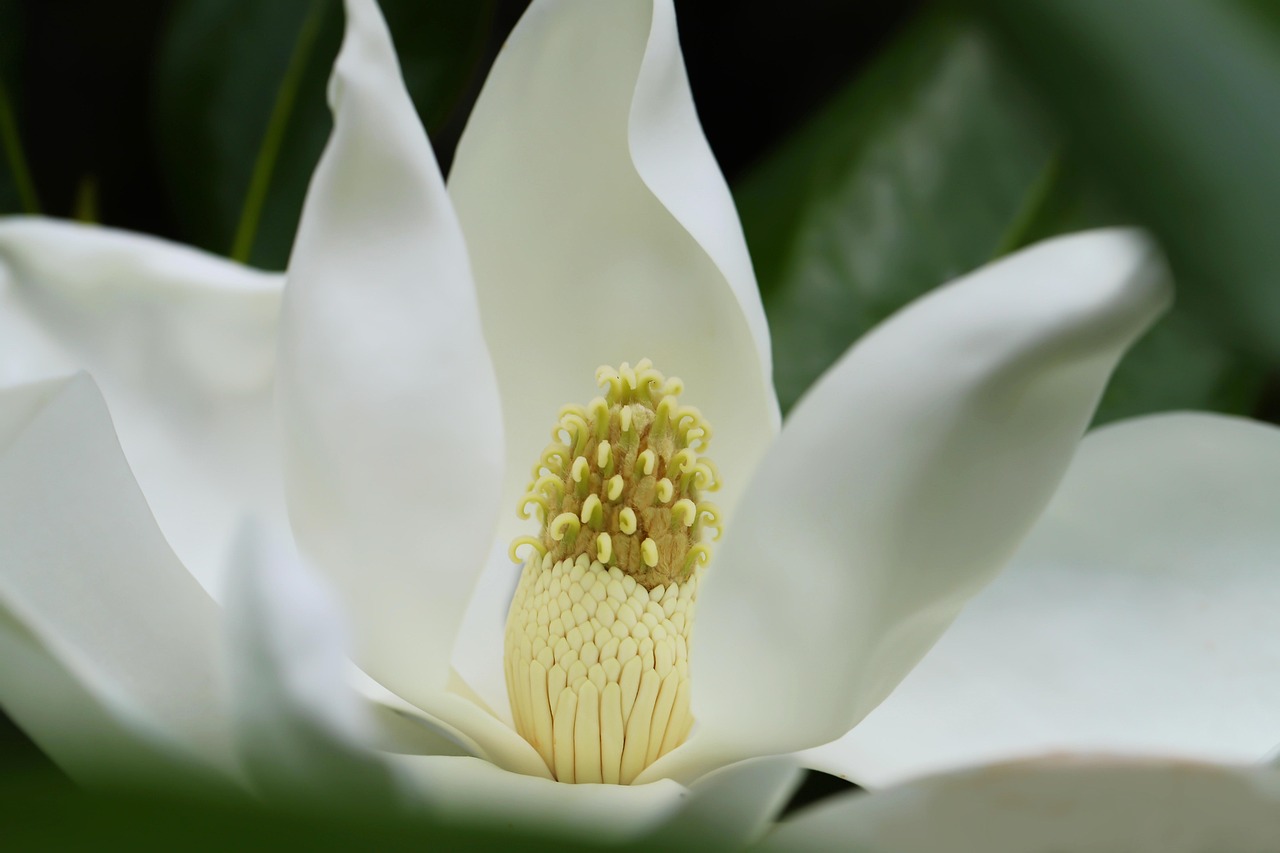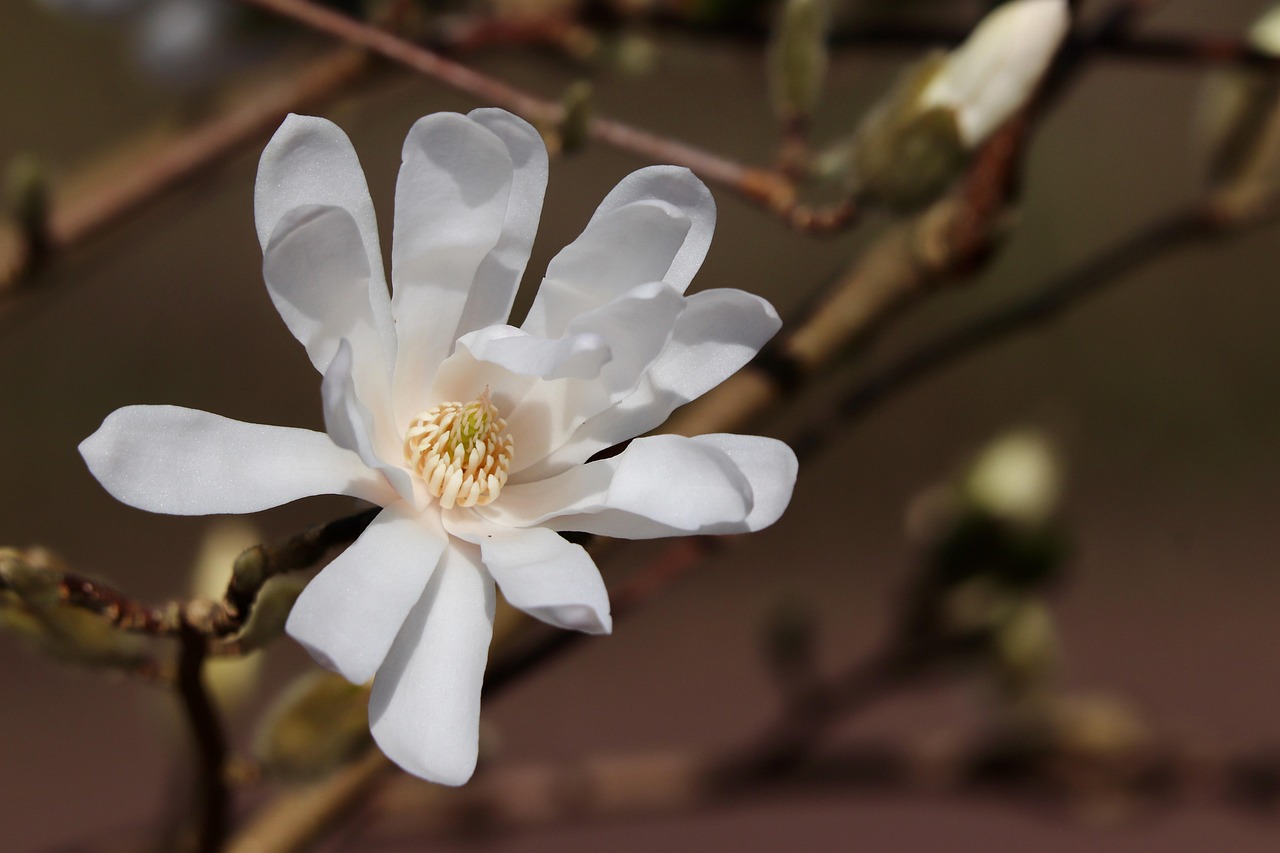Yes, magnolia trees can grow in Michigan, but their success depends on the specific variety chosen and proper care. Certain varieties, like the Star Magnolia and Saucer Magnolia, are more suited for northern climates and can thrive with the right conditions.
Understanding Magnolia Trees

Magnolia trees are known for their stunning flowers and glossy leaves. They belong to the Magnoliaceae family, which includes more than 200 species. These trees can vary significantly in size and shape, from small shrubs to large, towering trees. They are beloved for their large, fragrant blooms that typically appear in spring.
In Michigan, gardeners often wonder if these trees can withstand the cold winters and fluctuating weather conditions that characterize the region. The answer is yes, but it requires a thoughtful approach to selection and care.
Choosing the Right Variety
When considering planting magnolia trees in Michigan, selecting the right variety is crucial. Some varieties are better adapted to colder climates than others. Here are a few popular options:
- Star Magnolia (Magnolia stellata): This smaller tree or large shrub blooms early in spring with star-shaped white flowers. It is hardy to USDA Zones 4-8.
- Saucer Magnolia (Magnolia x soulangeana): Known for its large, showy flowers, this tree is a hybrid and can tolerate some cold but is best suited for protected areas. It thrives in USDA Zones 5-8.
- Cucumber Tree (Magnolia acuminata): This native species can grow quite tall and produces greenish-yellow flowers. It is hardy to USDA Zones 4-8.
Factors Affecting Growth
Several environmental factors impact the growth of magnolia trees in Michigan. Understanding these factors can help ensure healthy growth.
| Factor | Impact on Growth |
|---|---|
| Soil Type | Magnolias prefer well-drained, slightly acidic soil. Heavy clay or overly sandy soils can inhibit growth. |
| Sunlight | These trees thrive in full sun to partial shade. Too much shade can lead to poor flowering. |
| Watering | Consistent moisture is essential, especially during hot summer months. However, overwatering can lead to root rot. |
| Winter Protection | Young trees may need protection from harsh winter winds and extreme cold. Mulching around the base can help. |
Understanding these factors will aid gardeners in creating an ideal environment for their magnolia trees. Proper soil preparation, sunlight exposure, and watering practices play significant roles in promoting healthy growth.
Planting Tips for Success
To ensure success when planting magnolia trees in Michigan, follow these key tips:
- Select the Right Time: The best time to plant magnolias is in the spring or fall when temperatures are moderate.
- Prepare the Site: Choose a location with well-draining soil and adequate sunlight. Test soil pH to ensure it is slightly acidic.
- Space Appropriately: Give each tree enough space to grow. Depending on the variety, this could range from 10 to 30 feet apart.
- Water Regularly: Newly planted trees need consistent watering until established. Monitor moisture levels regularly.
- Mulch: Apply a layer of mulch around the base to retain moisture and suppress weeds.
By following these guidelines, gardeners can maximize their chances of successfully growing magnolia trees in Michigan’s unique climate. Each step helps ensure that these beautiful trees will thrive and flourish in northern areas.
Proper Care and Maintenance
To ensure that magnolia trees thrive in Michigan, proper care and maintenance are essential. This includes regular pruning, fertilization, and pest management. Each of these elements contributes to the overall health and longevity of the trees.
Pruning Magnolia Trees
Pruning is an important part of maintaining magnolia trees. It helps promote healthy growth and enhances the tree’s shape. Here are some tips for effective pruning:
- Timing: The best time to prune magnolia trees is in late winter or early spring before new growth begins. This minimizes the risk of damaging the tree.
- Remove Dead or Damaged Wood: Start by cutting away any dead or damaged branches. This will help the tree focus its energy on healthy growth.
- Thin Out Crowded Areas: If branches are crossing or overcrowded, selectively remove some to allow better air circulation and light penetration.
- Avoid Heavy Pruning: Magnolias do not respond well to heavy pruning. Aim to maintain their natural form instead of drastically altering their shape.
Fertilizing Magnolias
Fertilization can significantly impact the growth and flowering of magnolia trees. A well-balanced fertilizer can help provide essential nutrients. Here are some guidelines for fertilizing:
- Choose the Right Fertilizer: Select a slow-release fertilizer that is low in nitrogen and high in phosphorus and potassium. This will support flowering without promoting excessive leaf growth.
- Application Timing: Apply fertilizer in early spring, just before new growth begins. This timing ensures that nutrients are available when the tree needs them most.
- Follow Recommendations: Always follow the manufacturer’s instructions for application rates to avoid over-fertilization, which can harm the tree.
Pest and Disease Management
Magnolia trees can be susceptible to various pests and diseases. Regular monitoring and early intervention can help protect them from damage.
Common Pests
Some pests that may affect magnolias include:
- Scale Insects: These pests suck sap from the tree, leading to stress and reduced vigor. Treatment often involves horticultural oils or insecticidal soaps.
- Aphids: Aphids can also cause damage by feeding on new growth. They can be controlled with insecticidal soap or by introducing beneficial insects like ladybugs.
- Spider Mites: These tiny pests thrive in hot, dry conditions and can cause leaf discoloration. Increase humidity around the tree or use miticides if needed.
Diseases to Watch For
Magnolia trees may face several diseases, including:
- Powdery Mildew: This fungal disease appears as a white powdery substance on leaves. Improve air circulation and apply fungicides if necessary.
- Canker Diseases: These can cause dieback in branches. Prune out affected areas and ensure proper care to reduce stress on the tree.
- Root Rot: Caused by poor drainage or overwatering, root rot can severely weaken or kill a tree. Ensure proper soil drainage and avoid overwatering.
Winter Preparation for Magnolia Trees
Michigan winters can be harsh, so preparing magnolia trees for cold weather is crucial for their survival. Here are some strategies to help protect them during winter months:
- Add Mulch: Apply a thick layer of mulch around the base of the tree in late fall. This insulation helps retain soil moisture and protects roots from freezing temperatures.
- Wrap Young Trees: Consider wrapping young magnolia trees with burlap or protective tree wrap. This shields them from harsh winds and extreme cold.
- Avoid Salt Damage: Be cautious with road salt applications during winter, as it can harm trees. Create barriers to protect roots from salt runoff.
By implementing these care and maintenance strategies, gardeners can create a healthy environment for magnolia trees in Michigan. Addressing pruning, fertilization, pest management, and winter preparation will enhance their chances of thriving in northern climates.
Landscape Design with Magnolias

>Incorporating magnolia trees into landscape design can enhance the beauty of any garden or yard. Their unique flowers and foliage add character and elegance. Here are some ideas for integrating magnolias into your landscape:
- Specimen Planting: Use magnolias as focal points in your garden. Their stunning blooms make them ideal for specimen planting in prominent locations.
- Mixed Borders: Combine magnolias with other flowering shrubs and perennials to create vibrant borders that offer color and texture throughout the growing season.
- Shade Trees: Larger varieties can be planted strategically to provide shade for patios or seating areas during hot summer months.
The versatility of magnolia trees allows for creative landscaping possibilities that can enhance the overall aesthetic of your outdoor space while providing valuable benefits such as shade and habitat for local wildlife.
2>Common Challenges When Growing Magnolias
While magnolia trees can thrive in Michigan, there are common challenges that gardeners may face. Understanding these issues can help in taking proactive measures to ensure the trees remain healthy and vigorous throughout the year. Magnolia trees, particularly certain varieties, can be sensitive to extreme cold. Here are some considerations: The quality of soil can significantly affect the growth of magnolia trees. Here are some soil-related challenges and solutions: Proper watering is vital for the health of magnolia trees. Here are some effective watering techniques: Newly planted magnolias require consistent moisture, especially during their first few years. Here are guidelines for watering: The method of watering can also impact tree health. Consider these techniques: Companion planting can enhance the growth and stability of magnolia trees. Certain plants work well alongside magnolias to create a harmonious garden ecosystem. Here are some ideal companions: While choosing companion plants, it’s also important to avoid those that may compete for nutrients or space. Here are some plants to steer clear of:
>Caring for magnolia trees in urban settings presents unique challenges and opportunities. City environments often have different soil conditions, air quality, and space limitations. Here are some tips for urban gardeners: Urban areas often deal with compacted soil, which can hinder root growth. Here are strategies to address this issue: Magnolia trees may be exposed to higher levels of air pollution in cities. To mitigate its effects: By understanding and addressing these challenges, gardeners can successfully cultivate magnolia trees in Michigan and enjoy their beauty for years to come. For those interested in further enhancing their knowledge about magnolia trees, there are numerous resources available. These can provide valuable insights into best practices for care, maintenance, and even pest management. Consider exploring books specifically focused on tree care or magnolia cultivation. Some recommended titles include: The internet is a treasure trove of information. Some useful websites include: Joining local gardening clubs or societies can provide hands-on experience and networking opportunities. These groups often host workshops, plant swaps, and guest speakers who specialize in specific plants, including magnolias. Engaging with fellow gardeners can enhance your understanding and appreciation of these beautiful trees. Magnolias require different care routines throughout the seasons. Understanding these seasonal needs can help ensure that your trees remain healthy year-round. As spring arrives, it’s time to prepare your magnolia trees for growth: During the summer months, focus on maintaining moisture and addressing any pest issues: As autumn approaches, prepare your magnolias for the winter ahead: During winter months, protection is key: Cultivating magnolia trees in Michigan can be a rewarding experience. With their stunning blooms and unique foliage, they bring beauty to any landscape. By selecting the right varieties, providing proper care, and being mindful of common challenges, gardeners can enjoy these magnificent trees for generations. As you embark on your journey with magnolias, remember that patience and attention to detail are essential. Embrace the learning process, and do not hesitate to seek advice from local experts or fellow gardeners. With dedication, your magnolia trees can flourish in Michigan’s diverse climate, adding elegance and charm to your outdoor space.
Cold Weather Sensitivity
Soil Quality Issues
Watering Techniques for Healthy Growth
Watering Frequency
Watering Methods
Companion Planting with Magnolias
Compatible Plants
Avoiding Competition
Caring for Magnolia Trees in Urban Environments

Addressing Soil Compaction
Managing Pollution Exposure
Additional Resources for Magnolia Care
Books and Guides
Online Resources
Local Gardening Clubs
Seasonal Considerations for Magnolia Care
Spring Care
Summer Care
Fall Care
Winter Care
Final Thoughts
